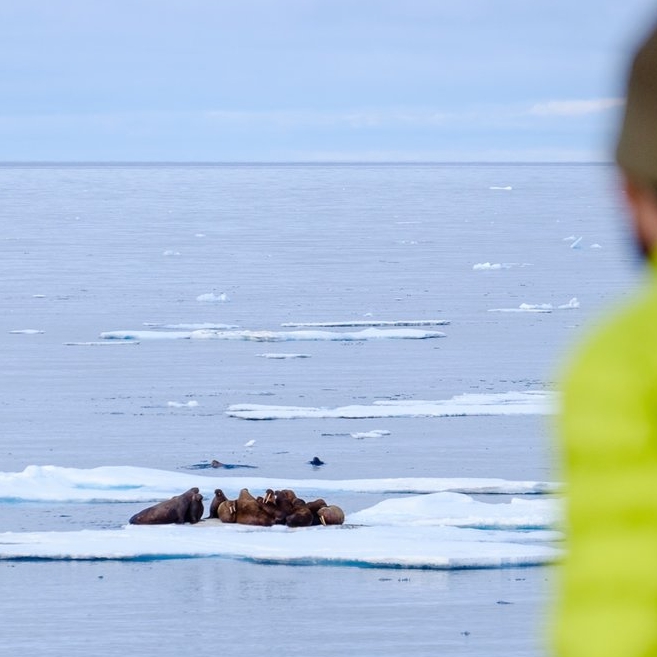Our Science
The MOD team works across the globe on projects that explore unknowns in ocean physics and biology
Biophysical Interaction
The MOD science team uses our observational expertise to gather concurrent measurements of physical, biological, and chemical parameters. We gather these observations with high spatial and temporal resolution - often using our Wirewalkers - which allows insight into the tight coupling between physical and biogeochemical processes.
Sub-mesoscale processes
One of the hot topics of research we are investigating is the so-called “submesoscale”, the often nonlinear, energetic, sometimes chaotic motions at the edges of eddies. These motions diffuse and dissipate the mesoscale eddy energy, and can greatly enhance vertical transport of biologically essential nutrients, particularly in the upper ocean. (Image credit: NASA/SVS)
Global internal waves and mixing
The ultimate fate of low-mode internal tidal energy is unknown yet the specific geography of energy dissipation in the ocean has a large impact on the overall circulation, its biological functioning, and our climate. T-TIDE and the companion experiments T-Beam and T-Shelf together examine the dissipation of the internal tide as it shoals on the Tasmanian continental slope.
Flow AROUND topography
Ocean flows of all frequencies interact with the ocean bottom in a rich variety of ways and depending on the type of interactions, other motions such as waves and vortices can form and create strong turbulence near the seafloor feature, or at great distance if the motions radiate away. These topographic features can also act as internal wave generators or, oppositely, internal wave guides, funneling and dissipating internal wave energy incident to them.
Coastal oceanography
The coastal ocean most directly links deep water to human society, and as such has long been the subject of fascination, study, and appreciation. The small-scale processes our group focuses on play a dramatic role in the coastal ocean, setting the distribution of everything from pollutants to biologically essential nutrients that underlie the health of our fisheries and nearshore ecosystems.
Environmental engineering
One significant way humans impact the coastal ocean is through the discharge of wastewater from sewage treatment plants, desalinization facilities, industrial centers, and hydroelectric generation stations. Of critical importance is mixing of the discharge with the local coastal waters. The rate, time-dependence, and position of this exchange controls both the concentration of pollutants and their trajectory in the coastal environment.
High-Latitude Ocean Processes
High latitude oceans are crucial components of the global climate system, yet there are many facets of high latitude oceanography that are poorly understood. They play a disproportionately large role in the heat balance of the planet, are home to some of the strongest carbon fluxes both into and out of the oceans. The Arctic is also increasingly a bustling site of human activity, with a delicate balance between the needs of native communities, commercial interests, and national security for surrounding countries.







